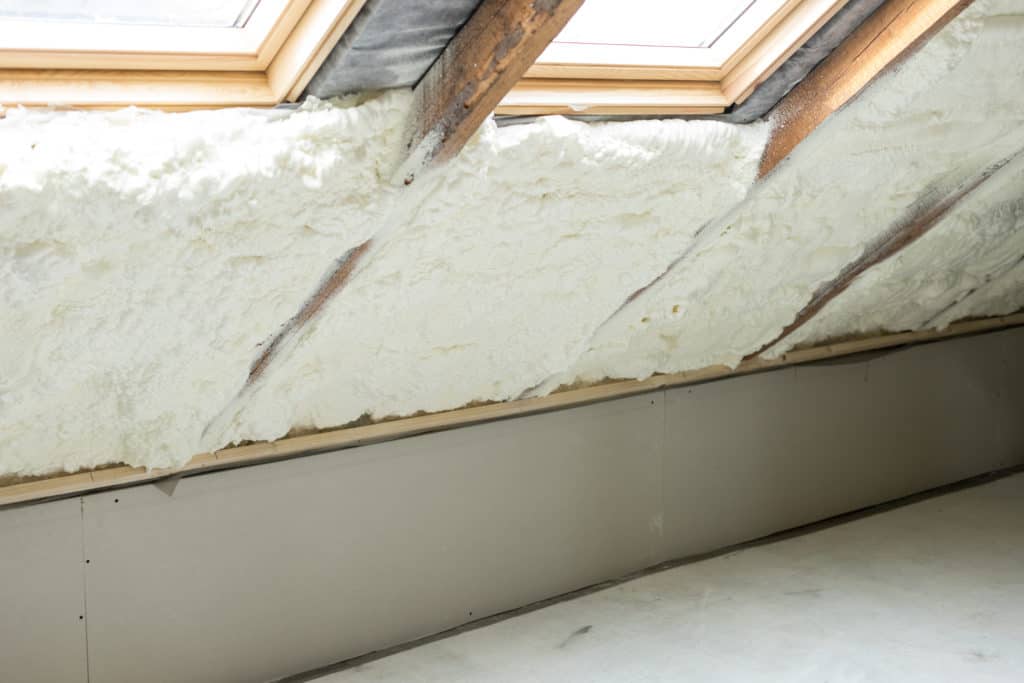Open-cell foam is a spray foam in which cellular structure is not completely encapsulated. That is, they are left open on purpose to make the material more flexible. Closed foam, on the other hand, has completely closed cells that make them more rigid. In case you are not sure of which Houston spray foam insulation option to go for, we have listed the major differences between the two below.
What Are The Differences?
The difference between open-cell spray foam and closed-cell spray foam is that the latter is more rigid than the former. However, these two materials also differ in density, cell structure, expansion, R-value, and Cost. These differences make one more preferable than the other for certain projects.
Cell Structure
As mentioned above, the difference between closed-cell spray foam and open-cell spray foam is that the former has completely encapsulated cells, and the latter does not. Open-cell foams tend to have room inside each cell that is somewhat like little air bubbles. This makes them relatively softer and more flexible. As a result of the cell structure of an open-cell, it will retain less than 5% of the water that comes in contact with it and dry up naturally afterward. On the other hand, Closed Cell Foam has no space in their cells to retain air or moisture. The rigidity of a closed-cell also helps the structural integrity of the building.
Density
Due to the cell structure of closed-cell foam, it is much denser than open-cell foam. The density of a Closed-cell spray foam insulation is enough to prevent drafts, protect it from air movement, and trap regulated temperatures. Its higher density also helps prevent and slow down the growth of molds. It does this by reducing the level of humidity. On the other hand, open-cell foams have a density of about 0.5 pounds per cubic foot, which is about three times less than the value of closed-cell foams.
R-Value
The R-value of spray foam is determined by how well the material insulates, that is, its ability to resist the flow of heat. Closed-cell foam has a higher R-value than open-cell foams, which makes them more suited for extreme temperatures. In terms of expansion, an open-cell can expand up to 120 times its original size because of its lower density. A closed-cell, on the other hand, can only expand up to 33 times its original size.
Cost
Due to the chemical makeup of the two cell foams and their expansion rates, it may be more expensive to use closed-cell foam. This is because you will need more of it to cover up a larger space.
So Which Insulation Should I Use?
Your choice of spray foam is usually determined by your budget, insulation goals, the location of the house, and the climatic conditions of the region. However, if you need more help choosing the right insulation for your current project, visit https://fdinsulation.com/attic-insulation/spray-foam/.
First Defense Insulation
713-808-9853
11715 Anderson Road
Willis Texas 77318
Social Accounts:
https://www.facebook.com/FirstDefenseInsulation
